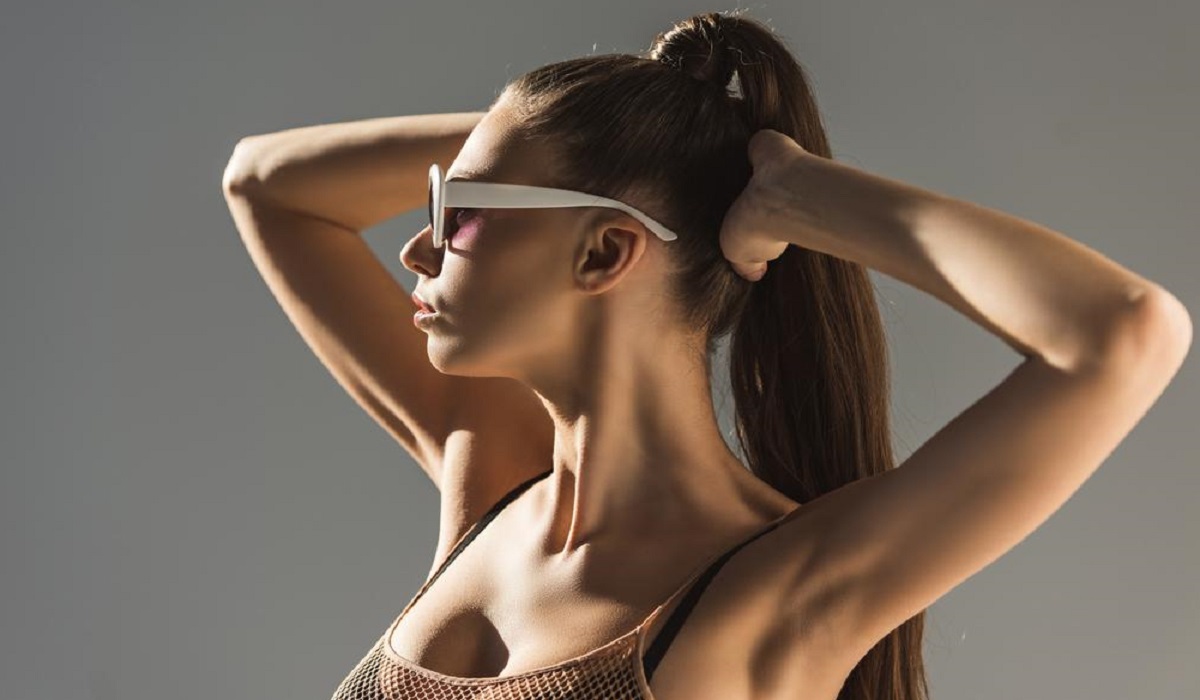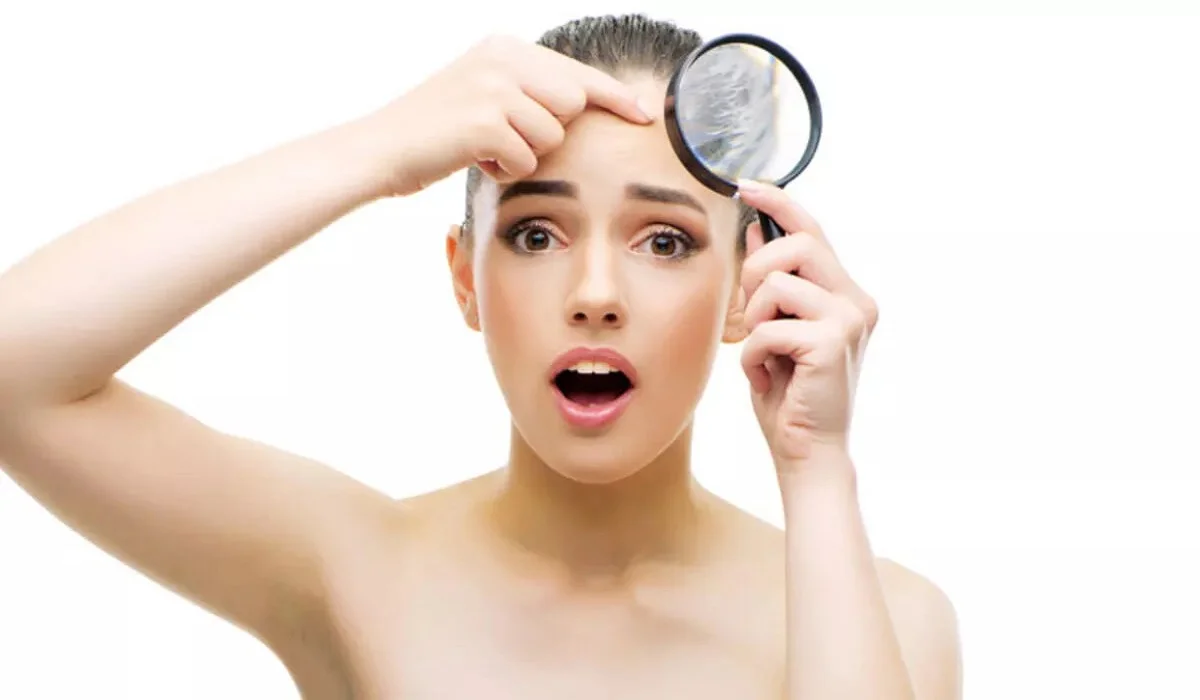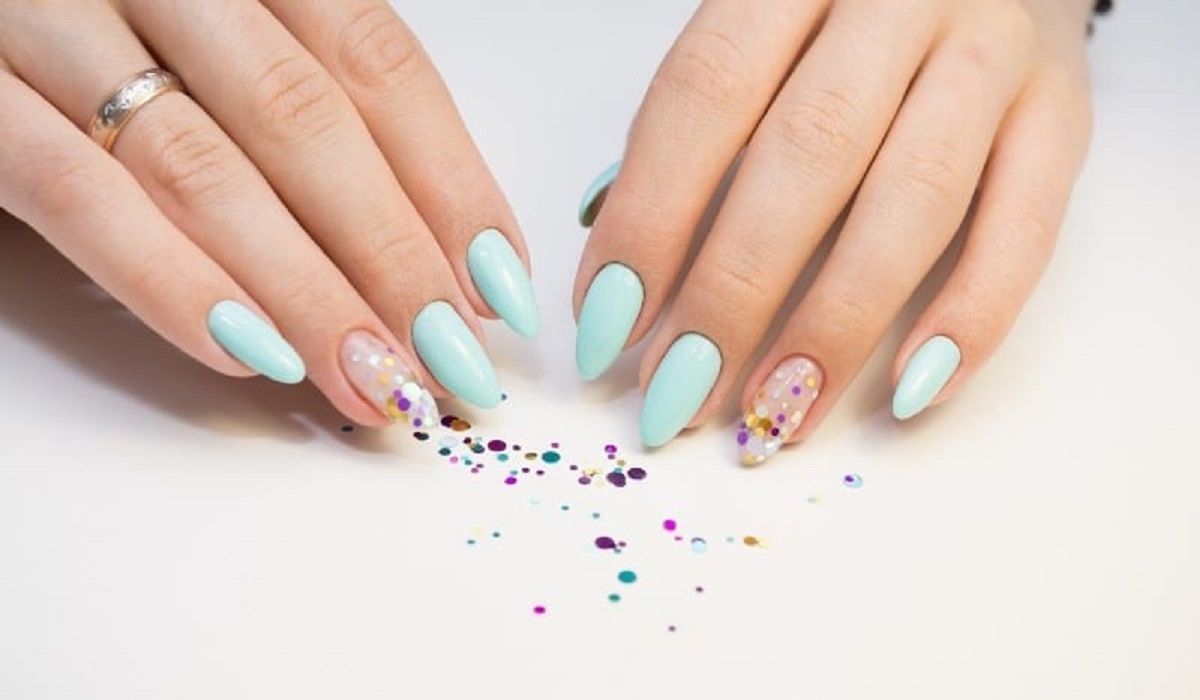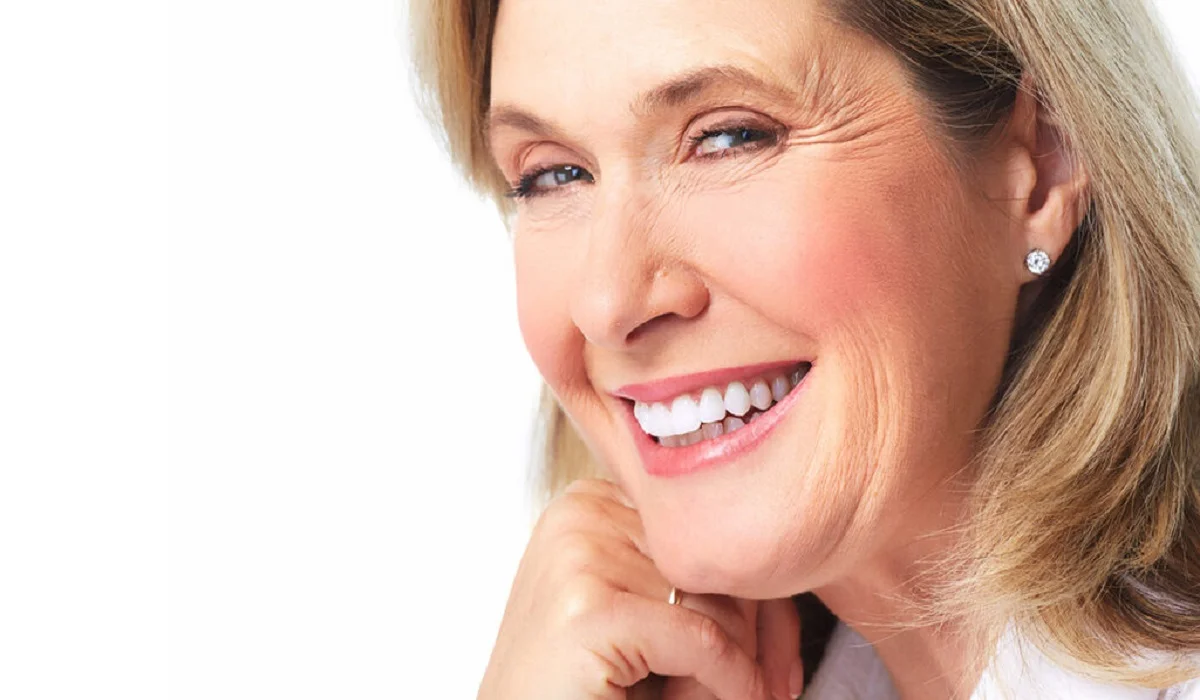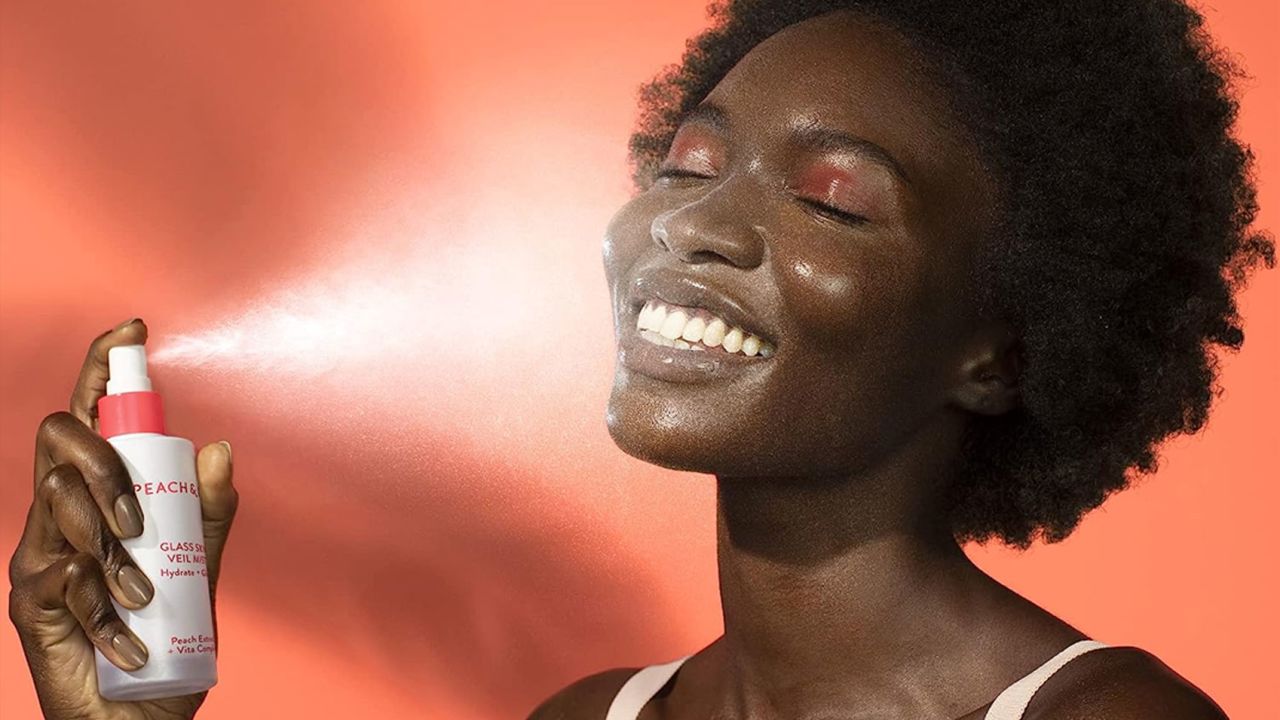The cornerstone of any successful skin care strategy is cleansing, particularly in an era besieged by escalating pollution, ubiquitous makeup use, and a plethora of skin care promises. The innovative double cleansing technique emerges as a crucial evolution in facial care, offering a comprehensive cleaning solution that leaves skin luminous and vigorous.
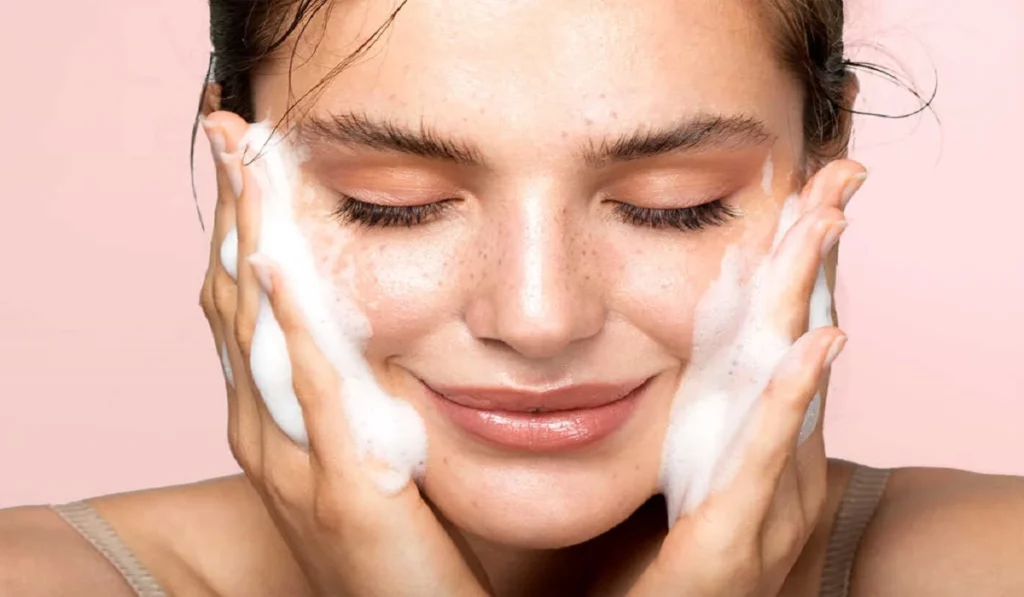
The Critical Role of an Effective Cleansing Regimen
Beyond mere removal of grime and cosmetics, cleansing prepares the skin to fully embrace the benefits of your skin care arsenal. An optimal cleansing routine eradicates pollutants, excess sebum, and dead cells, averting pore blockages and skin complications.
Understanding Double Cleansing
This method entails a dual-step process with an oil-based cleanser followed by a water-based one. The former dissolves oil-soluble residues like sunscreen and cosmetics, whereas the latter targets sweat, dust, and other aqueous pollutants.
The Origins and Development of Double Cleansing
Rooted in Japanese and Korean beauty traditions, double cleansing has ascended to global acclaim for its efficacy. This practice has been refined from age-old rituals to meet contemporary demands, integrating sophisticated product formulations.
Skin Benefits from Double Cleansing
By achieving a more thorough cleanse, this technique wards off acne, boosts hydration, and enhances the penetration of skin care products, leading to a finer and smoother epidermal texture.
Elevating Your Skin Care Regimen Through Double Cleansing
Effective removal of impurities via double cleansing augments the performance of subsequent skin care steps, including toning, hydration, and the application of serums or treatments.
Selecting the Ideal Cleansers for Double Cleansing
The success of this regimen hinges on choosing a suitable oil cleanser for your skin type and a gentle, pH-balanced water cleanser for the final wash.
A Detailed Guide to Double Cleansing
- Start with an oil cleanser on dry skin, massaging gently to break down oil-based impurities.
- After rinsing with lukewarm water, apply a water-based cleanser to tackle remaining contaminants, finishing with another rinse and a soft pat dry.
Dispelling Myths Around Double Cleansing
Contrary to some beliefs, double cleansing, when performed with appropriate products, can be gentle and beneficial across various skin types, without stripping natural oils or causing irritation.
Tailoring Double Cleansing to Your Skin Type
Modify the double cleansing approach by selecting products that cater to specific skin needs, whether it’s managing oiliness, dryness, or sensitivity.
Double Cleansing’s Effectiveness Against Makeup and Sunscreen
This method is particularly adept at removing stubborn makeup and sunscreen, ensuring a clean slate unlike what single-step cleansing can achieve.
Incorporating Double Cleansing into Your Evening Routine
Evening is the prime time for double cleansing, allowing for the removal of the day’s accumulation and facilitating overnight skin recovery.
Expert Recommendations for Maximizing Double Cleansing Benefits
- Opt for lukewarm water to avoid skin damage.
- Maintain gentleness to prevent irritation.
- Continuously evaluate and adjust your cleansing products based on your skin’s reaction.
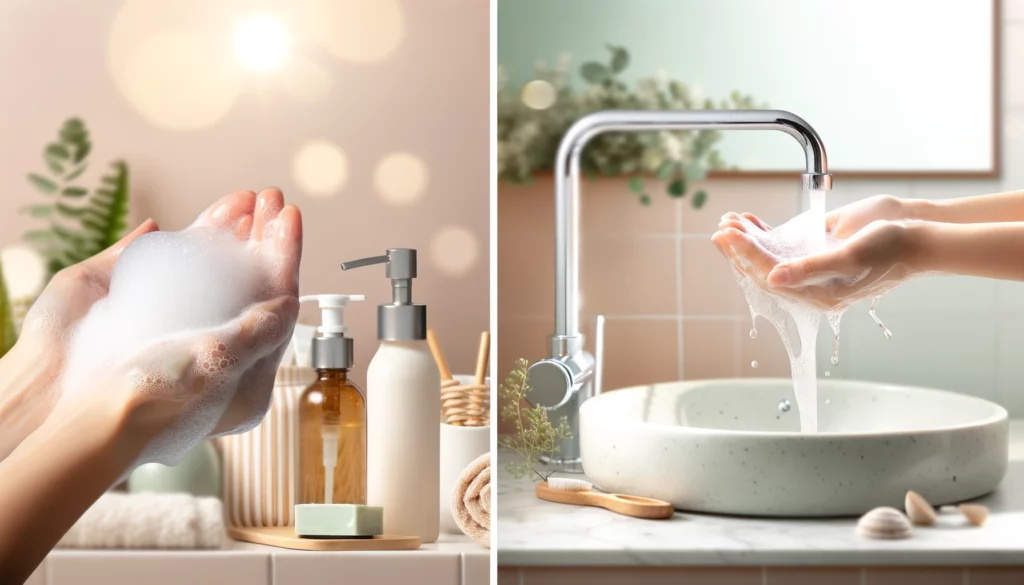
Avoiding Common Double Cleansing Errors
Steer clear of overly harsh cleansers and excessive washing to prevent skin dehydration and irritation.
The Positive Impact of Double Cleansing on Skin Health
Regular adherence to double cleansing can visibly enhance skin health, evidenced by fewer breakouts, a more radiant complexion, and smoother skin texture.
Testimonials on the Efficacy of Double Cleansing
Numerous users have observed marked improvements in skin clarity and texture after adopting double cleansing, underscoring its effectiveness.
Comparative Analysis of Double Cleansing Versus Traditional Methods
Though traditional cleansing can be efficient, double cleansing offers a comprehensive solution to removing layered impurities, a feat not as easily achieved with a single cleanse.
The Continued Relevance of Double Cleansing in Skin Care Innovations
With growing recognition of its advantages, double cleansing remains at the forefront of skin care trends, inspiring the development of new products and methods to bolster its efficiency.
Elevating your skin care routine with double cleansing transcends trendiness, offering a scientifically sound strategy for maintaining pristine, vibrant, and healthy skin. By integrating double cleansing into your nightly regimen, you’re not just enhancing product efficacy; you’re investing in your skin’s long-term wellness. Embark on your path to a more radiant and clear complexion today by embracing the double cleansing method.
Double Cleansing FAQs
- Should I double cleanse daily?
- Can double cleansing lead to skin dryness?
- How do I pick the right oil cleanser?
- Is double cleansing good for acne-prone skin?
- Can I double cleanse in the morning?
- What’s the recommended interval between the two cleansing steps?

